You will find weep holes in wing walls, underpasses, retaining walls, and some other below-ground drainage structures.
They may seem a small part of wall construction but play an important role in the durability and performance of cavity walls.
In this article, we will find out how to weep holes are one of the most revolutionary retaining wall ideas.
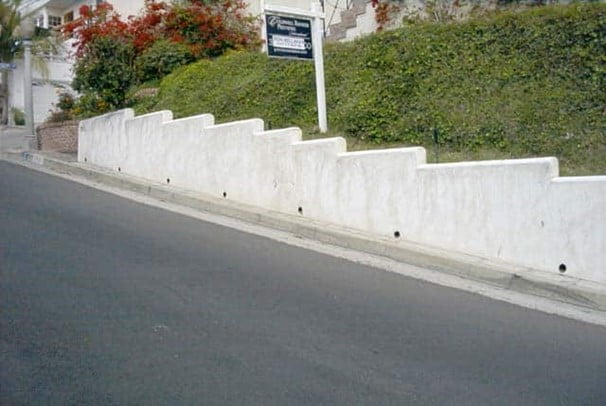
Why Do Retaining Walls Need Weep Holes?
A weep hole is an opening that allows the drainage of water that comes from the back of the wall through penetration or leakage. If proper drainage is not considered, retaining walls are prone to failure. According to experts, nearly 80 percent of retaining walls fail due to improper drainage.
The main purpose of a retaining wall is to hold back some amount of soil. The walls are made to resist the force of soil behind it. However, retaining walls are built keeping in mind a certain limit of force.
So, if the water in the soil gets behind it, it creates extra pressure on the wall. This can result in a collapsing of the wall due to exceeding its capacity to resist.
When the retaining wall fails to resist the force behind it, its weakest part collapses. This can also mean that the wall will develop a bulge in that weak spot. In some cases, the wall may also lean forward. That is why weep holes become an essential part of a retaining wall. If you are looking for retaining wall ideas, a weep hole is a must.
Functions of A Weep Hole
A weep hole relieves hydrostatic pressure or water pressure from the retaining wall. By reducing water pressure from the wall, we reduce the structural design demand of the water. They are usually made at the bottom of a retaining wall. They are small and round or square.
Weep holes uplift the structure and reduce the buoyancy, making the retaining wall structure lighter in weight. They also keep the wall safe from dampness. This moisture control program through weep holes prevents water lodge. It also serves two other important purposes: ventilation of inner wall cavity and removing hydrostatic force from water lodge.
How Do Weep Holes Work?
If a retaining wall is above the water table, the possible earth pressure that can act on the soil will be based on the saturated unit weight of the soil under all conditions (active, passive, or at-rest condition). If this is the case, there is no possibility of water collecting behind the wall. So, weep holes are not required.
When the retaining wall structure is below the water table, the unit weight of soil or the ‘submerged weight’ is lesser than saturated soil weight. Thus, there is less pressure. This results in additional water pressure behind the wall structure. The net effect here is more than the effect from saturated soil alone.
So, the effective height of the water table and water pressure is reduced through weep holes. This reduces the total pressure on the wall and prevents any leakage or leaning.
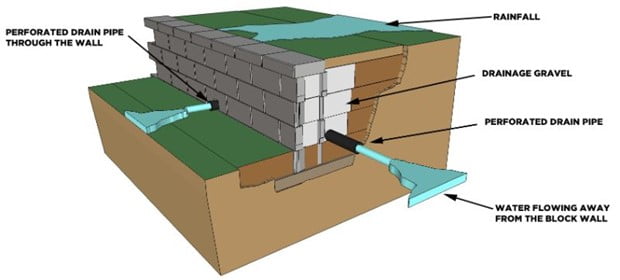
Disadvantages of Weep Holes
Pest Entry
Weep holes act as an entry point for pests like rodents and insects. They then reach the internal areas of the building through ventilator fans or holes for electric purposes.
Obstruction of AirFlow
Weep holes may block the necessary airflow required to ventilate the internal brick wall properly.
How Far Apart Should Weep Holes Be in A Retaining Wall?
some factors should be considered while deciding how far away we should weep holes be: the size of the weep hole, the area of the wall to be protected by weep hole, the average humidity in the region, and rainfall.
As a rule of thumb, it is better to have more weep holes than fewer. Usually, the weep hole should be a 1.5” diameter weep hole in a wall. It should not exceed 4 feet. The diameter of the weep hole depends on the height of the retaining wall.
One of the important retaining wall ideas is that weep holes should be complemented by a permanent perforated drainage pipe wrapped in cloth and buried at the backside of the retaining wall. This is because sometimes, just a weep hole may not suffice.

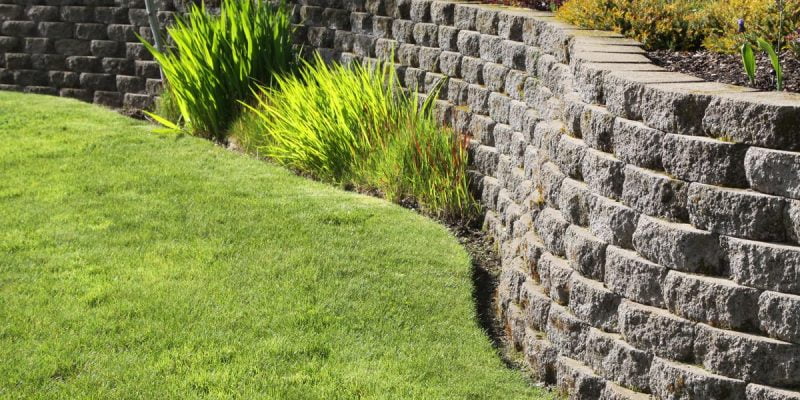
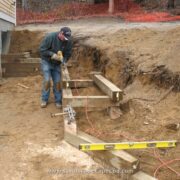
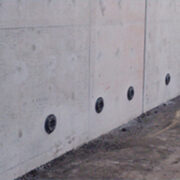
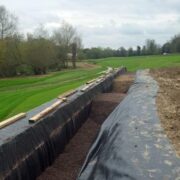

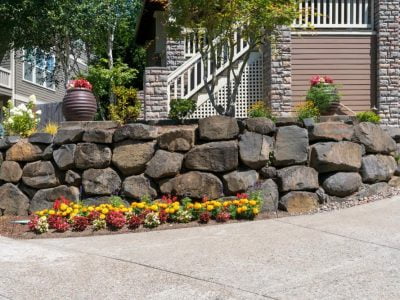

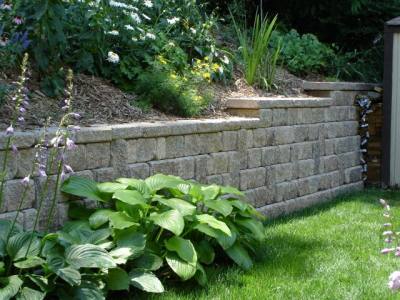
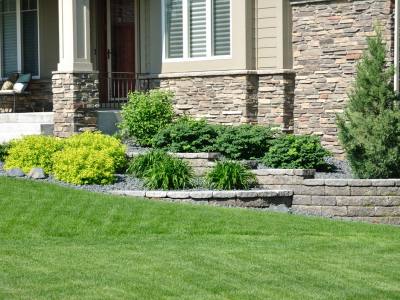
[…] Continue reading to learn about suitable materials for weep holes in retaining walls. […]
[…] In addition to considering a French drain, it’s important to understand the role of weep holes in retaining walls. […]
[…] In discussing alternatives to retaining walls, it’s crucial not to overlook traditional solutions like weep holes in retaining walls. […]
[…] An essential component of these structures is the weep holes in retaining walls. […]
[…] An essential aspect of retaining walls is their ability to manage water pressure, achieved through weep holes in retaining walls. […]